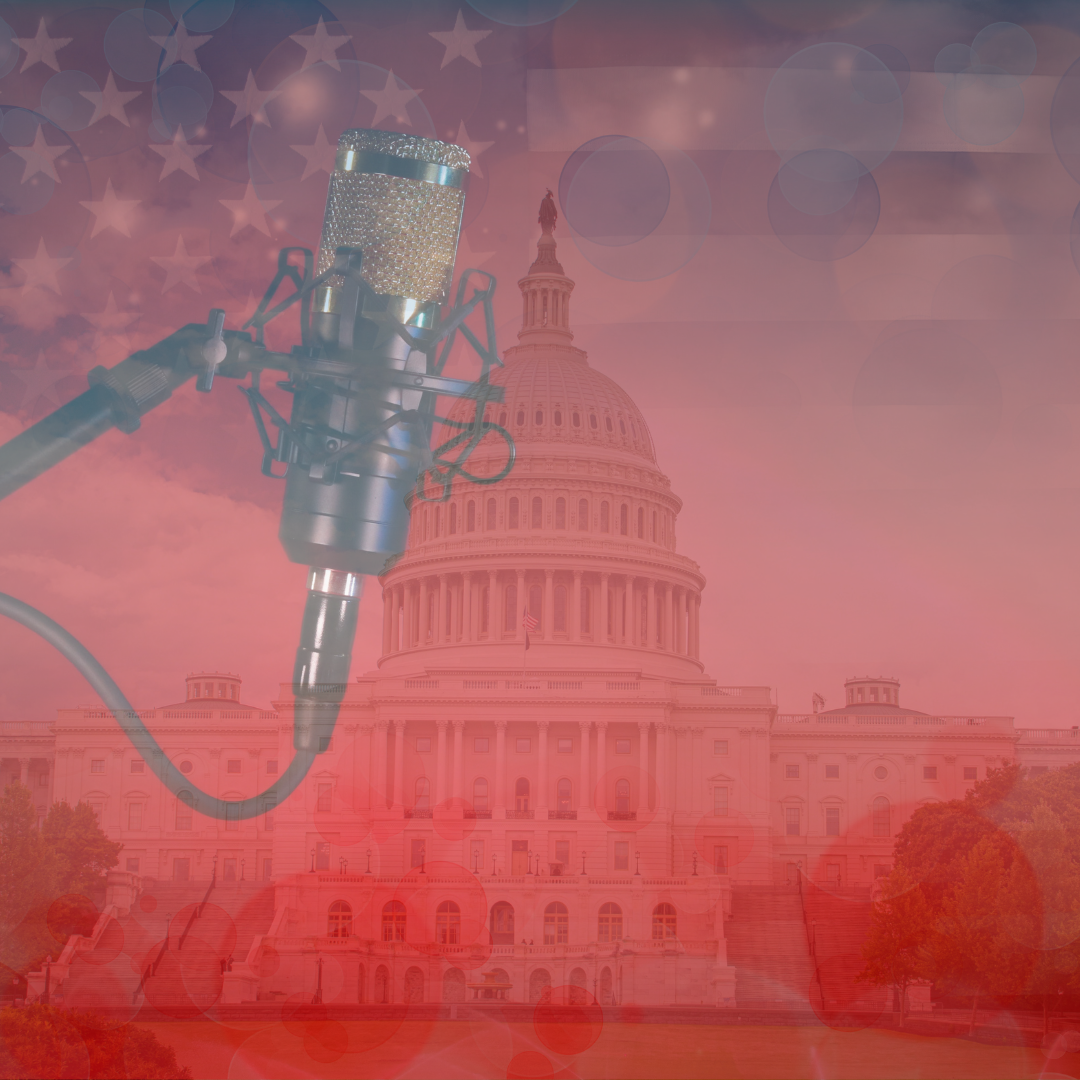Fifty years down the line… it’s Deeper than Rap
As hip-hop turns 50 and I sit firmly in middle age, it’s amazing to see how far it’s come.
I was born in 1977. Roughly four years earlier, a party thrown in the rec room located in the basement of 1520 Sedgwick Avenue by two teenagers looking to make some school clothes money would become more than a party, more than a trend, and more than a fad. It would become the way generations of young people, including myself, defined themselves. It would become the most influential cultural phenomenon of both the 20th and 21st centuries singularly. Before it had a name, philosophy, slang, money, or an actual foothold in first Americana and then almost every country on the planet, it was simply an expression of joy, entrepreneurship, rebellion, and self-determination. For me, it started as exactly what it was for the teens in the Bronx. A way to have fun, a way to express me. Then, as I grew, Hip-Hop grew with me. It grew in importance in my life; it grew in purpose for how I would orientate myself within the world. It grew to become the very way that I make my way through this existence. My political lens matured because of and along with Hip Hop. As Hip-Hop taught me, I brought into the classroom to teach others. What started as a party amongst some kids in the hood of the South Bronx has ended up as one of the most important artistic, commercial, and political occurrences that humanity might have ever produced.
Clive and Cindy’s party led to jams on black tops at the back of schools, neighborhood sidewalks, and city parks. The jams gave way to new styles of dance, music, and fashion and revolutionized how technology was used at the time. The only rule it seemed Hip Hop had was to break them. Or ignore them altogether. And the jams, the music, the movement, and the rituals were all being devised by young black and brown people in their mid-teens to their mid-twenties. None of it was choreographed or pre-planned, at least at first. It also is unfair to say it was spontaneous. There was a purpose behind it. The need to be seen, heard, felt, and free in a city and a borough that had all but forgotten they existed. It was the desire to own and create something that was in the face of the world explicitly telling them, “you don’t exist.” The synergy between a post-Black power movement/Black arts movement, the destruction of neighborhoods, and the divestment in public schools created a vacuum where young genius creatives stepped in to do…something.
It wasn’t until ten years after that party that there became a sense that it indeed was…. a thing. But for who? The streets loved it. Middle-class Black America? Not so much? It was barely a blip on White America's radar, but everyone from punk to electronic music to rock was feeding off this new energy and vice versa. The one thing that was certain, it wasn’t going away, and it was in your face. Then, it started showing up on your TV and in your movies. The fad hadn’t faded. The trend was the truth. By the time the nineties were here, the dawn of the hip-hop era was soon to be upon us. Now, hip-hop was becoming *cool*. The music that couldn’t get on the radio during the day was breaking through to win awards on prime time. A culture that wasn’t meant to leave the Bronx found its way downtown. Then found its way across the country, then found its way across the world.
By the 2000s, the secret was out. This little thing of ours had now not been for almost two decades, and everyone was grabbing a piece. Park jams that might cost you a few bucks, if at all, were now sold-out concerts around the world. The ghetto superstar lost the ghetto qualifier. Now music and culture were informing education. It was informing politics and diplomacy in parts of the world that couldn’t even understand all the words in English. Then they started to create their own. With the same template and blueprint. The jam. The youth. The rebellion. The hustle. The skill and the talent. Hip-Hop was a recipe for revolution. It had the receipts on all the isms. The CNN of the ghetto. The unofficial (and then later official) Cultural Ambassador for the world. And it wasn’t perfect. The culture wasn’t immune to the ills of society. Homophobia. Misogyny. Excess. And still, it was beautiful and powerful, and profitable.
In the last decade, it’s seen a Pulitzer prize winner. It’s been the soundtrack for Democratic National Conventions and Presidents. It’s been the soundtrack of the most recent human rights uprising in this country's sad and tired history around civil rights. It's become a field of study in academia, and fellowships at Ivy League schools now have the term “Hip-Hop” attached to them. The naysayers are now its new fans. The culture has created jobs and bridges between communities that didn’t exist before. And almost all of it has been on its terms. Almost all of it, by its rules. What’s the most amazing thing is, even at fifty, it’s still re-inventing itself. Hip-Hop is still growing, still influencing, and being influenced. All of its children may not get along or even understand each other, but make no mistake; we are all related. Even though it happened early in my adolescence, I can firmly partition my life of the time before and after I became aware of the culture of Hip-Hop. For the entirety of my young adult life to now, it has personally been the North Star that I followed around the globe and into my career. It’s the lens and filter for everything I write, read, and experience. And at the time, in my wildest dreams, I could never imagine how far it’s come, and how many people it’s impacted, how many norms, laws, and ideas it’s changed. In 2023, hip-hop will officially be 50, something that was never meant to be here; not only has it survived, but it continues to thrive, just like us.
“Fifty years down the line, and you can start this. Because we’ll be the old-school artists.”
-KRS-One
Trending Mikal Amin Lee Articles





